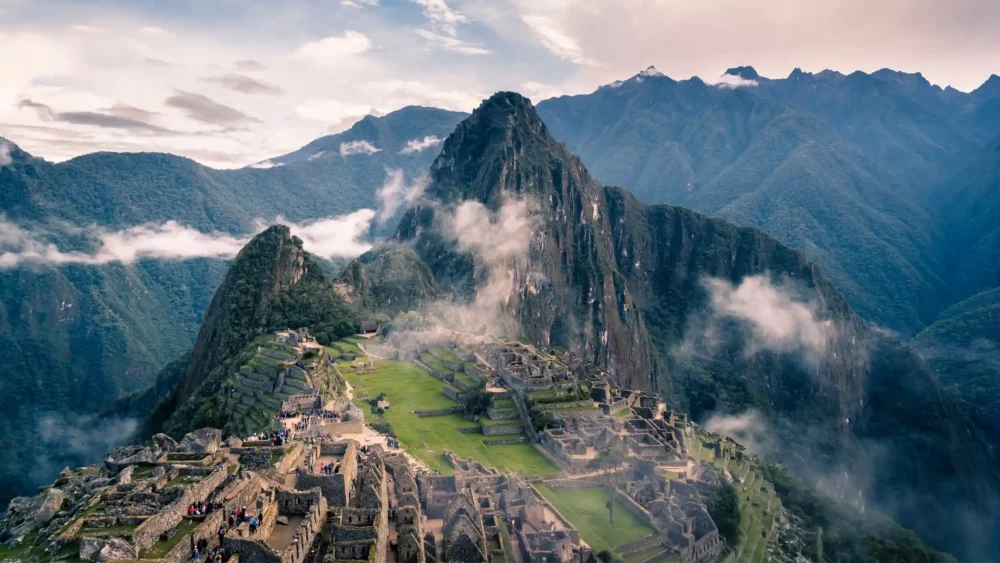Are you planning your next solo travel adventure? Look no further than Peru. From the picturesque Andean mountains to the stunning Machu Picchu, this country offers an array of cultural and natural wonders for travelers to explore.
In this ultimate guide, we will cover everything you need to know as a solo traveler in Peru. We’ll provide essential tips for preparing your trip, packing, and staying safe while exploring the country’s beauty.
We’ll also dive into Peruvian cuisine, cost breakdowns for a week-long trip, crafting the perfect itinerary for seven days in Peru, and how altitude can affect your travels.
Last updated on: 02-01-2024
Is Peru safe for solo travelers?
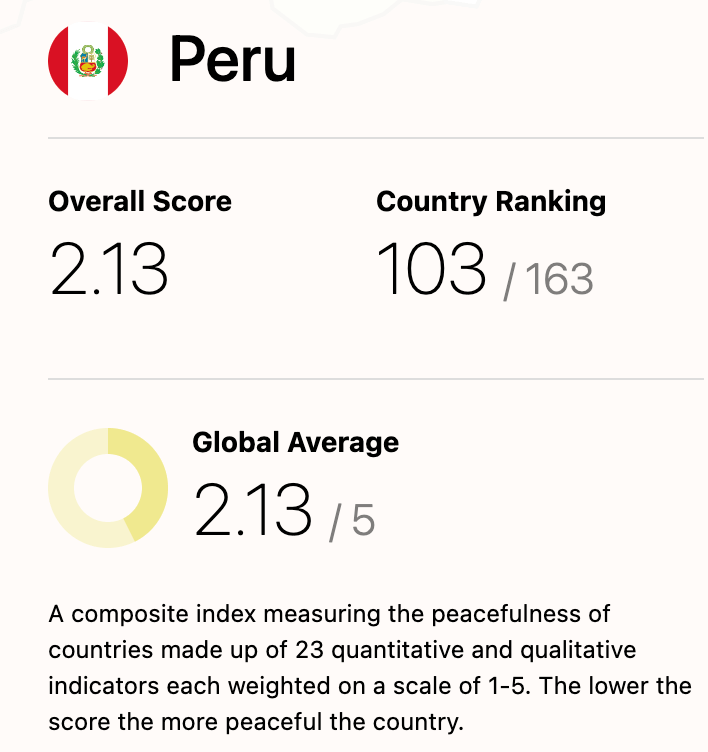
Peru is generally considered a safe country for solo travelers, including solo female travelers. However, as with any destination, it is important to take precautions to ensure your safety.
Peru holds the 103rd spot on the Global Peace Index. The GPI is a creation of the Institute for Economics and Peace (IEP) and stands as the foremost global measure of worldwide tranquility.
Essential tips for solo travel in Peru
Peru is a beautiful and diverse country with friendly people and many things to do for solo travelers. By taking the necessary precautions, solo travelers can have a safe and enjoyable trip to Peru. Here are some tips to keep in mind:
- Avoid walking alone at night.
- Stick to well-lit and populated areas.
- Use common sense and trust your instincts.
- Consider joining a group tour if you feel more comfortable traveling with others.
- Be aware of your surroundings and keep an eye on your belongings, especially in larger cities like Lima and Cusco where petty theft and crime can occur.
- Research local customs and cultural etiquette to ensure a respectful experience. This will help you navigate the country with ease and avoid any unintentional cultural faux pas.
- Stay in well-reviewed accommodations is crucial for both safety and peace of mind. By doing so, you can rest assured that you have a reliable and secure base during your travels.
- Carry copies of important documents like your passport and travel insurance. These copies will come in handy in case of any unforeseen circumstances or emergencies.
Lastly, learning some basic Spanish phrases will help you communicate with locals and enhance your overall experience in Peru.
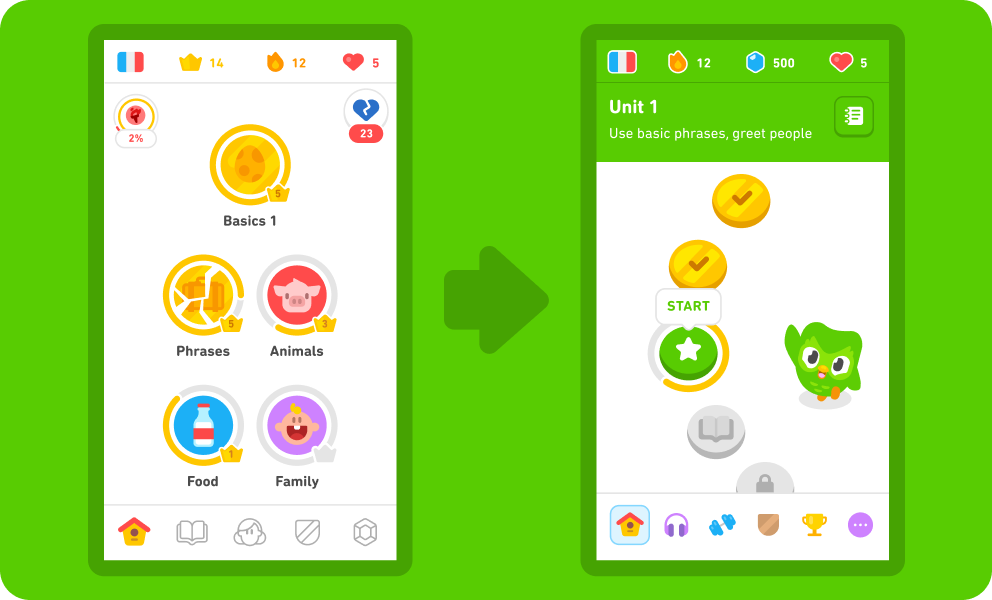
Tip: use apps like Duolingo to improve your language skills when you have a spare moment.
(no advertisement)
Necessary preparations before your trip to Peru
Before embarking on your solo adventure to Peru, there are several necessary preparations you should make. Notify your bank about your travel plans to avoid any issues with your credit cards while abroad. This will save you from any potential financial headaches.
Another crucial step is to purchase travel insurance. This will provide you with peace of mind and protect you against unexpected situations that may arise during your journey.
When it comes to packing, be sure to pack appropriate clothing for varying altitudes and weather conditions. Peru’s landscapes range from sea level to higher altitudes, so it’s important to be prepared for different climates.
Creating a detailed itinerary is also essential to making the most of your time in Peru. With so much to see and do, planning ahead will help you maximize your experiences and ensure you don’t miss out on any must-visit destinations.
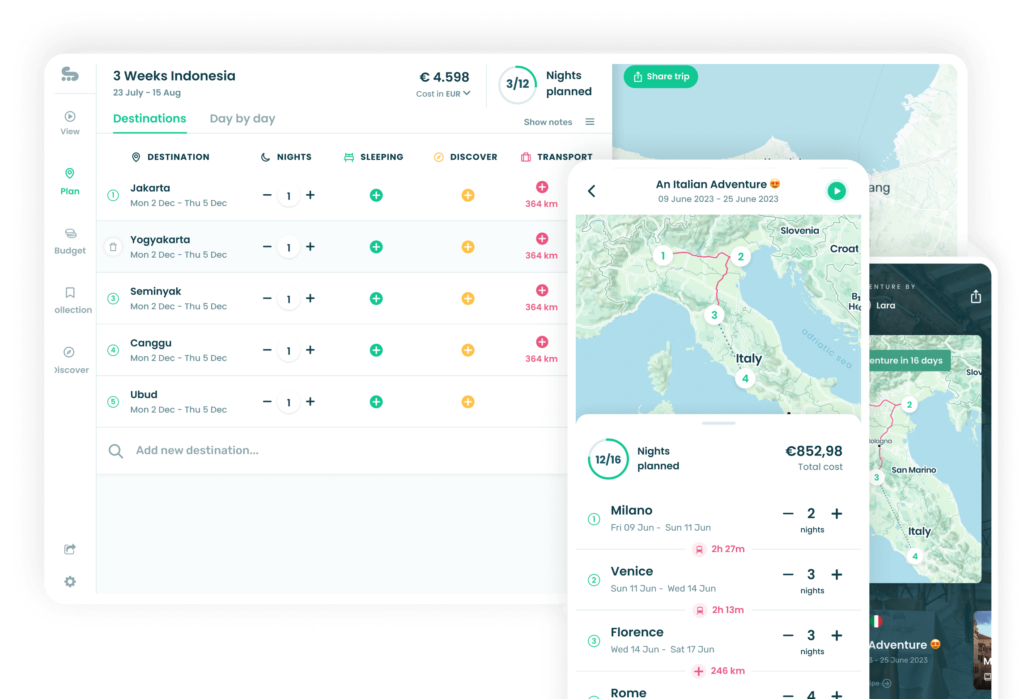
Tip (no advertisement): for planning your route, we can recommend using the Stippl app.
What to pack for your solo trip to Peru
When preparing for your solo trip to Peru, it’s important to pack the right essentials. In hot and humid regions like the Sacred Valley and the Amazon rainforest, pack lightweight and moisture-wicking clothing to stay comfortable.
Don’t forget to bring sunscreen, insect repellent, and a hat to protect yourself from the sun and insects. As you explore cities and archaeological sites like Cuzco and the Inca Trail, make sure to have comfortable walking shoes.
Staying hydrated is crucial, so consider carrying a reusable water bottle. And since you’ll be capturing amazing moments on your electronic devices, it’s a good idea to have a portable charger with you.
How does altitude affect your Peru trip?
Altitude can greatly impact your travel experience in Peru. It is important to understand the effects of high altitudes and prepare accordingly. Be aware of potential challenges and take necessary precautions to ensure a comfortable trip.
When is the best time to visit Peru?
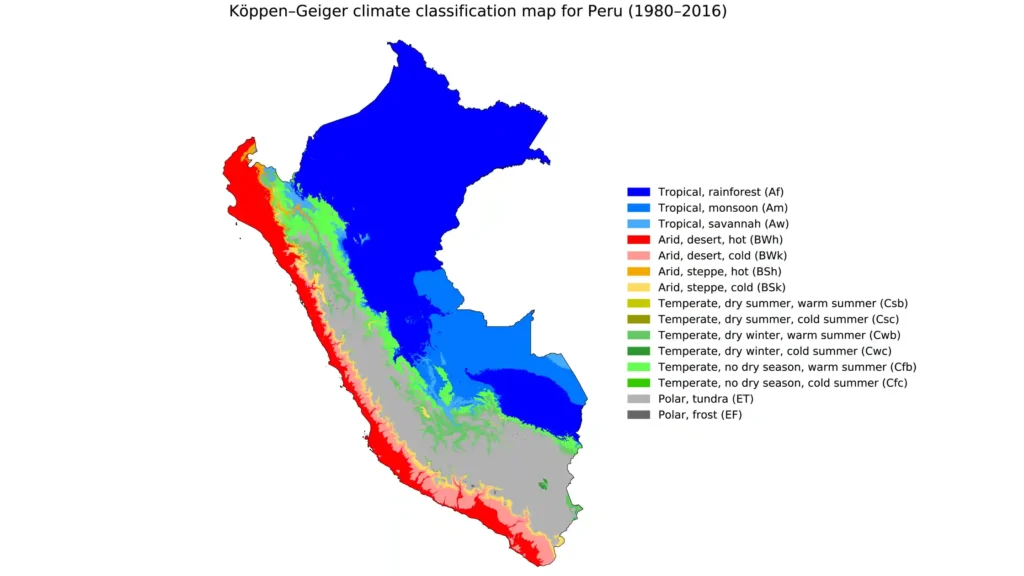
Source: Wikipedia
The best time to visit Peru is during the dry season between May and October, especially if you plan to go on a trek. During this time, the weather is sunny and dry, and there are fewer crowds.
The best time to visit Lima, the capital city of Peru, is between December to March when the coastal climate is at its best.
However, it is important to note that the climate in Peru varies slightly from region to region. The coastal areas are cooler, while the Amazon experiences warmer weather and sees more rain between November and March.
Peru has two seasons: wet and dry. The dry season is from May to October, and the wet season is from November to April.
If you want to avoid the crowds and save money, the shoulder season is the best time to visit Peru. That is April, May, October, or November.
During this time, the weather is still good, and flight prices are lower. However, keep in mind that the rainy season is starting in October or November, but the heavy, consistent rain won’t begin until about January.
Here is a month-by-month guide for traveling in Peru:
- January: Best for visiting beaches, surfing, sea lions, Año Nuevo, Anniversary of Lima
- February: Best for Pisco Sour Day, Carnaval, beaches, surfing
- March: Best for visiting Peru’s coast, dry weather, clear skies, and waterfalls
- April: Best for budget travelers and festival fanatics, sunny and dry in the Andes, and good waves for surfing
- May to September: The driest season and therefore the best time of year to travel, especially if you’re planning to visit Cusco or trek to Machu Picchu
- June to August: The peak season for hiking in Peru, but also the busiest time of year
- September to November: Best for quiet hikes and surfing sans crowds, shoulder season everywhere, particularly in the Andes, where clear sunny days linger
How to meet other solo travelers in Peru
To meet other solo travelers in Peru, consider staying in hostels renowned for their social atmosphere and common areas, fostering a sense of community among guests.
Joining organized group tours or activities is also an excellent way to connect with like-minded adventurers exploring the wonders of Peru.
Additionally, attending language exchange events or cultural workshops provides opportunities to engage with locals and immerse yourself in Peruvian culture.
Utilizing a travel buddy app social media platforms or travel forums can help you find compatible travel companions, ensuring you have company on your journey.
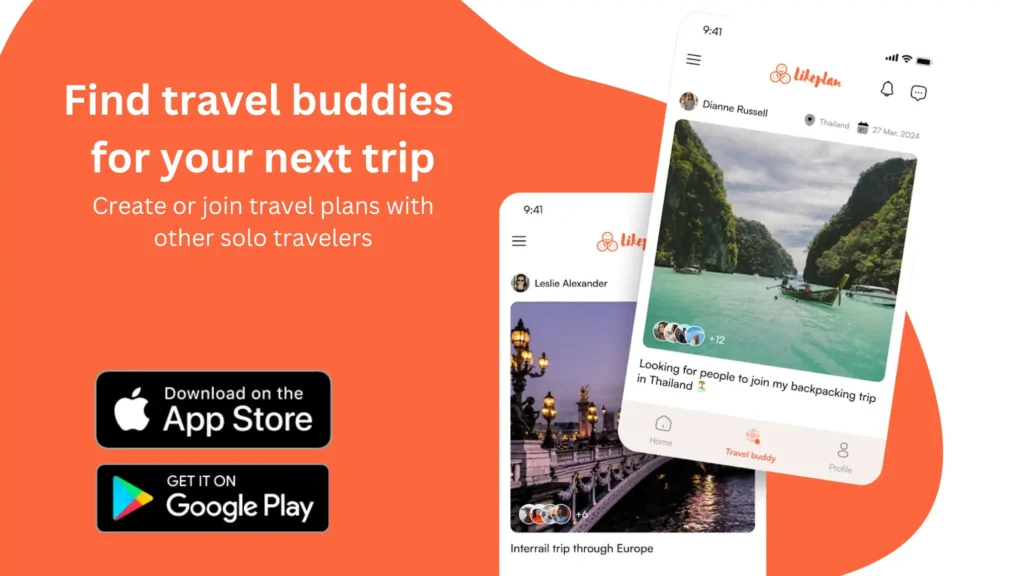
For a more community-oriented experience, consider eco-lodges that prioritize sustainable practices and communal spaces.
Diving into Peruvian cuisine: must-try dishes
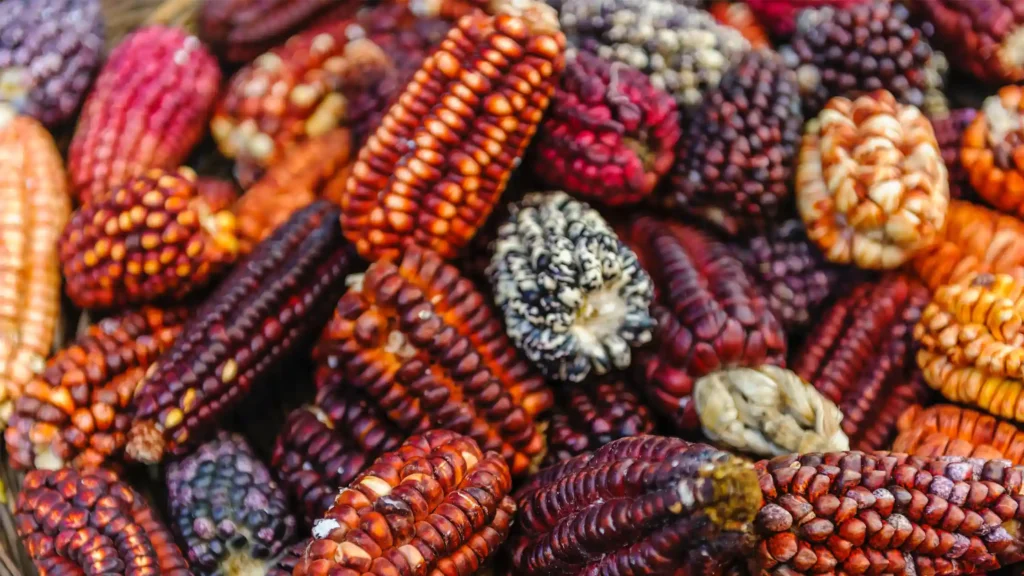
From the coastal delicacies of Lima to the traditional dishes of Cusco, Peru offers a wide range of options to tantalize your taste buds.
Indulge in the mouthwatering ceviche, a seafood dish marinated in citrus juices, or try the famous lomo saltado, a stir-fry dish combining beef, onions, tomatoes, and French fries.
Secondly, don’t miss out on the chance to sample cuy, a unique delicacy also known as guinea pig, or the refreshing pisco sour cocktail.
How much does it cost to travel to Peru for a week?
The cost of traveling to Peru for a week can vary depending on your travel style and budget. Here are some estimates:
- Budget traveler: A budget traveler can expect to spend around $35 per day or $245 for one week of travel in Peru, excluding flights. To travel on a budget in Peru, you can stay at a Peruvian hostel for as cheap as $8 a night and eat at local restaurants for less than $11 a day.
- Mid-range traveler: A mid-range budget traveler can expect to spend approximately $120 per day or $840 for a one-week trip in Peru, excluding flights. This is someone who is generally staying at a mid-range accommodation that costs $50 per night and eating at a mix of local and touristy restaurants.
- Average traveler: The average cost for one person to visit Peru for a week is $1,089-$1,938 ($156-$277 per day), including food, travel, and sightseeing. Flights can cost $360 to $626 for economy. Lodging can cost $69 to $91 per night for one 2 or 3-star hotel room or $101 to $123 per night for a 1-bed vacation rental.
- Luxury traveler: The high-end price for a couple to visit Peru for a week is $3,772-$14,212 ($539-$2,030 per day), including food, travel, and sightseeing.
It is important to note that these estimates are based on the current prices and exchange rates and can vary depending on the time of year, your itinerary, and your travel style.
The 16 best places to visit in Peru
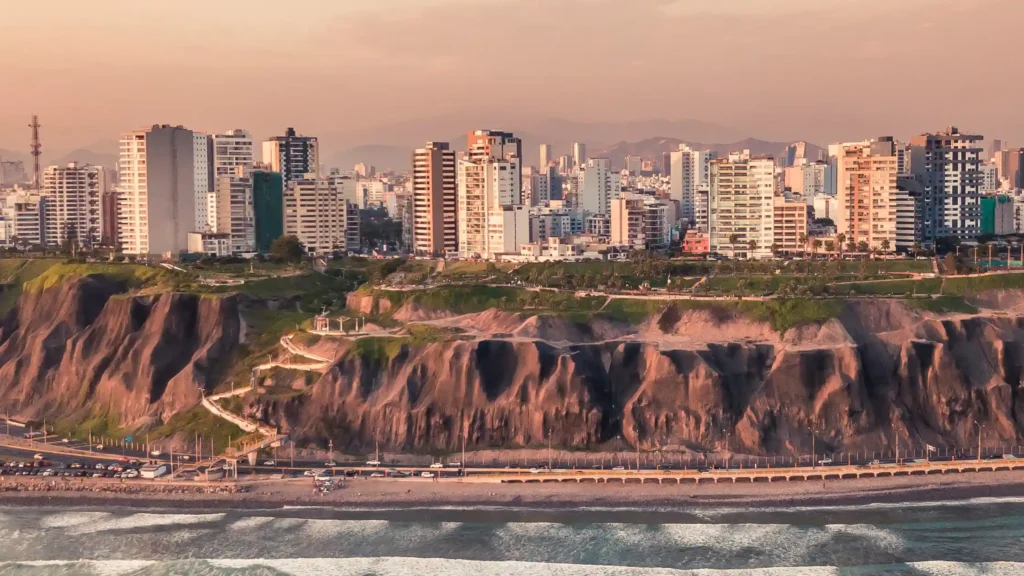
Peru is a country with a rich history, diverse culture, and stunning landscapes. Here are some of the best places to visit:
- Machu Picchu: This ancient Incan city is one of the most famous tourist destinations in Peru and the world. It is located in the Andes Mountains and is accessible by train or hiking the Inca Trail.
- Cusco: This city was once the capital of the Inca Empire and is now a UNESCO World Heritage Site. It is known for its colonial architecture, vibrant markets, and proximity to Machu Picchu.
- Lima: The capital city of Peru is a great destination for foodies, with a variety of restaurants serving traditional Peruvian cuisine. It is also home to many museums and historic sites, such as the Plaza de Armas and the Larco Museum.
- Arequipa: This colonial-era city is known for its beautiful architecture, including the Santa Catalina Monastery. It is also a great base for exploring the nearby Colca Canyon.
- Lake Titicaca: This lake is the highest navigable lake in the world and is shared by Peru and Bolivia. It is home to many indigenous communities and is a great place to learn about traditional Andean culture.
- Nazca Lines: These ancient geoglyphs are located in the Nazca Desert and are best viewed from the air. They are believed to have been created by the Nazca culture between 500 BCE and 500 CE.
- Sacred Valley: This valley was once the heartland of the Inca Empire and is home to many archaeological sites, including the ruins of Pisac and Ollantaytambo. It is also a great place for outdoor activities like hiking and rafting.
- Colca Canyon: This canyon is one of the deepest in the world and is home to the Andean condor. It is a great place for hiking and birdwatching.
- Huacachina: This desert oasis is located near the city of Ica and is a popular destination for sandboarding and dune buggy rides.
- Paracas National Reserve: This reserve is located on the coast of Peru and is home to a variety of marine wildlife, including sea lions and penguins. It is also a great place for birdwatching.
- Huaraz: This city is located in the Andes Mountains and is a great base for exploring the nearby Huascarán National Park. It is known for its stunning mountain scenery and outdoor activities like hiking and climbing.
- Chan Chan: This ancient city was once the capital of the Chimu Empire and is now a UNESCO World Heritage Site. It is known for its impressive adobe architecture.
- Tambopata National Reserve: This reserve is located in the Amazon rainforest and is home to a variety of wildlife, including monkeys, macaws, and jaguars. It is a great place for eco-tourism and birdwatching.
- Puno: This city is located on the shores of Lake Titicaca and is known for its traditional festivals and handicrafts. It is also a great base for exploring the nearby Uros Islands.
- Sacsayhuaman: This ancient fortress is located near Cusco and is known for its impressive stonework. It is believed to have been built by the Inca Empire.
- Lares Trek: This trek is an alternative to the Inca Trail and is known for its stunning mountain scenery and opportunities to interact with local communities.
These are just some of the best places to visit in Peru. There are many other destinations worth exploring, so it’s worth doing additional research to find the itinerary that best suits your interests.
Pepijn is the founder of Likeplan. He mainly writes about solo traveling. With over 10 completed solo trips, he writes from his own experience with the mission to encourage other people to go out and explore by themselves.

